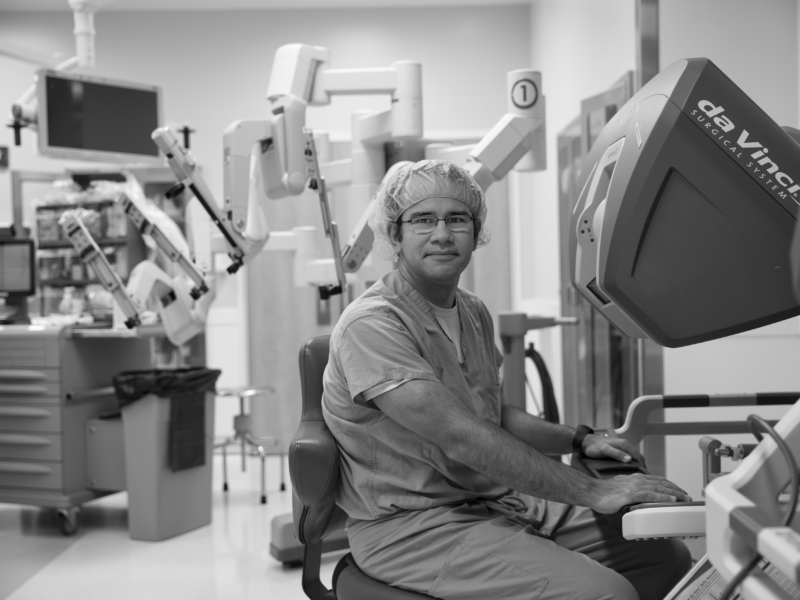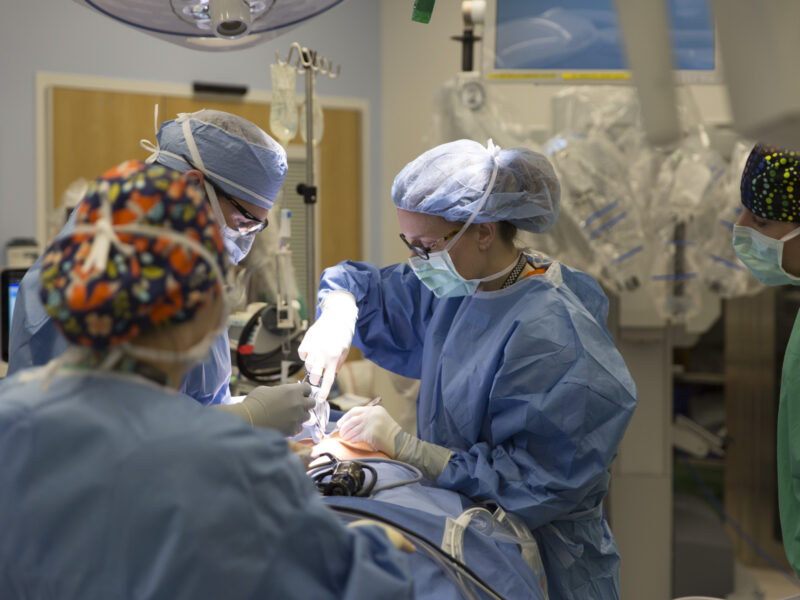Specialists Collaborate to Improve Ovary Preservation
Specialists Collaborate to Improve Ovary Preservation https://pediatricsnationwide.org/wp-content/themes/corpus/images/empty/thumbnail.jpg 150 150 Brianne Moore Brianne Moore https://pediatricsnationwide.org/wp-content/uploads/2021/03/Brianne-Moore.jpg- August 28, 2017
- Brianne Moore
A weekend case inspires an investigation into how pediatric surgeons and gynecologists treat the same patient differently.
When lesions persist on a patient’s ovary, there are two options for treatment: oophorectomy, which removes the entire ovary, and ovarian sparing surgery (OSS). Depending on referral patterns and access to specialists, either a pediatric surgeon or a pediatric and adolescent gynecologist will administer treatment. A recent retrospective study published in the Journal of Pediatric Surgery finds that whether a patient keeps her ovary or not depends largely on who is treating her.
“One of my fellows mentioned before a procedure that gynecology did it differently and recommended that I give our chief gynecologist a call,” says Katherine Deans, MD, a principal investigator in the Center for Innovation in Pediatric Practice and pediatric surgeon at Nationwide Children’s Hospital as well as senior author of the study. “I told her I planned on doing an open operation to take the lesion and ovary out. She said, ‘I wouldn’t take the ovary out.’ So she came in and we did the procedure together – that started this entire line of investigation.”
The study showed that patients managed by gynecologists were more likely to be given OSS, while patients admitted through the emergency department and those managed by pediatric surgeons were more likely to receive an oophorectomy. Variation in treatment across institutions was almost 30 percent, with variation in performance of OSS nearly 60 percent.
“As I was consulting the literature, I found that there wasn’t much at all, and nothing had been done on a large scale,” says Dani Gonzalez, MD, lead author of the study. “We were shocked that one child could get a completely different operation depending on what hospital they presented to and the specialty of the doctor. This led to a change in our institution and our current work toward a multi-institutional intervention.”
The team is working on an algorithm that performs preoperative risk stratification to more objectively determine whether a patient requires an oophorectomy, building in additional testing and discussion about a patient’s options in hopes that the only ovaries removed are the ones that need to be.
“I can’t overemphasize the importance of collaboration, open-mindedness and intellectual curiosity,” says Geri Hewitt, MD, section chief of Pediatric and Adolescent Gynecology and Obstetrics at Nationwide Children’s and a contributing author of the study. “This study would not have been possible without working with open-minded clinician-scientists who are willing to consider a different perspective and use research to innovate practice on a larger national scale.”
“We’re not saying that oophorectomy isn’t necessary, because sometimes it is,” adds Dr. Deans. “But taking out an ovary decreases a girl’s reproductive life span. It increases risk of heart disease, stroke and dementia. We want to save every ovary that we can.”
Reference:
Gonzalez DO, Cooper JN, Aldrink JH, Hewitt GD, Fallat ME, Minneci PC, Deans KJ. Variability in surgical management of benign ovarian neoplasms in children. Journal of Pediatric Surgery. 2017 Jun;52(6):944-950. [Epub ahead of print]
About the author
Brianne is interning as a science writer and editor for Clinical & Research Communications at Nationwide Children's Hospital. She contributes to a variety of publications, including Pediatrics Nationwide and PediatricsOnline.
-
Brianne Moorehttps://pediatricsnationwide.org/author/brianne-moore/
-
Brianne Moorehttps://pediatricsnationwide.org/author/brianne-moore/
-
Brianne Moorehttps://pediatricsnationwide.org/author/brianne-moore/
-
Brianne Moorehttps://pediatricsnationwide.org/author/brianne-moore/September 19, 2016
- Posted In:
- In Brief







